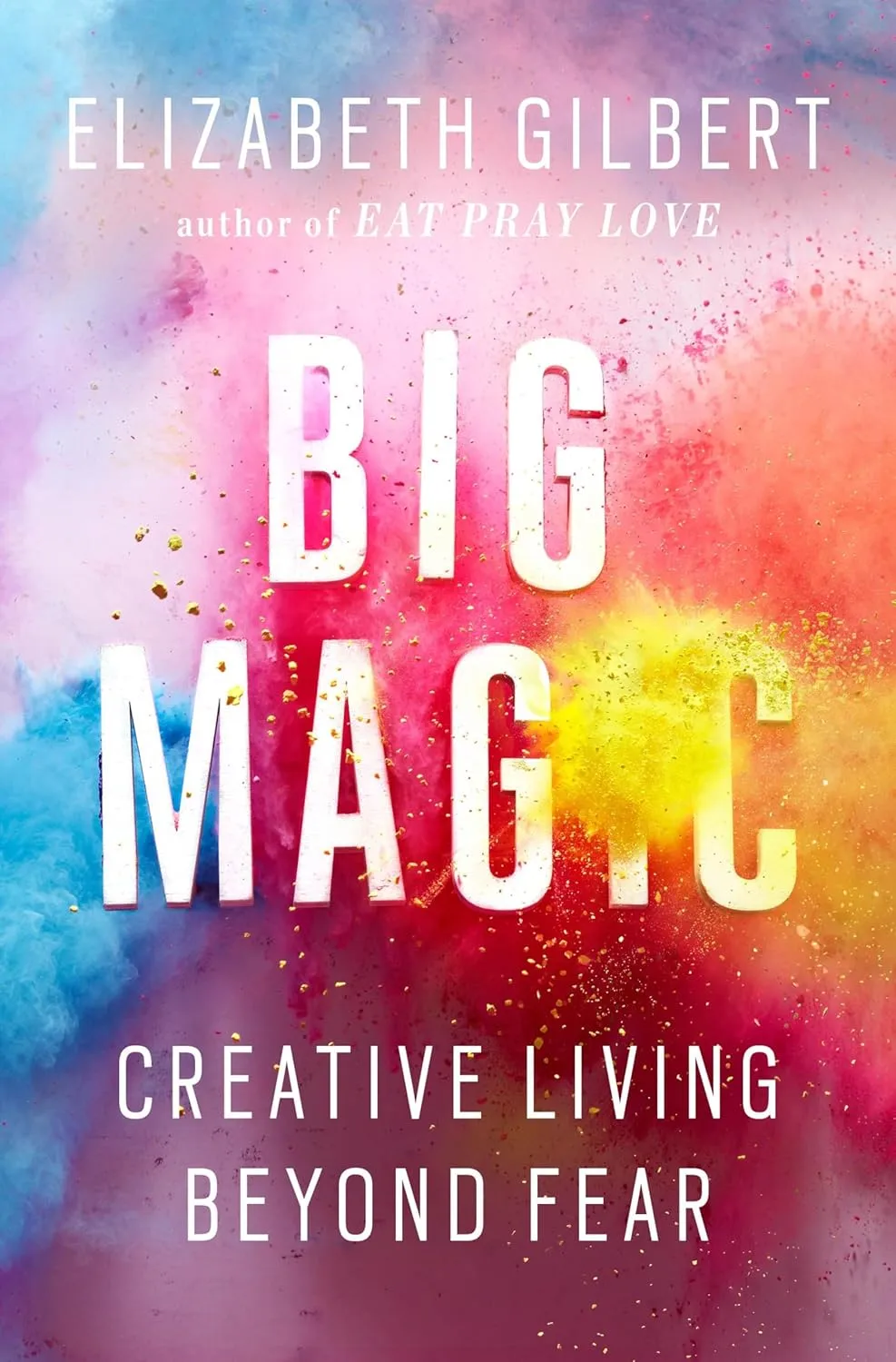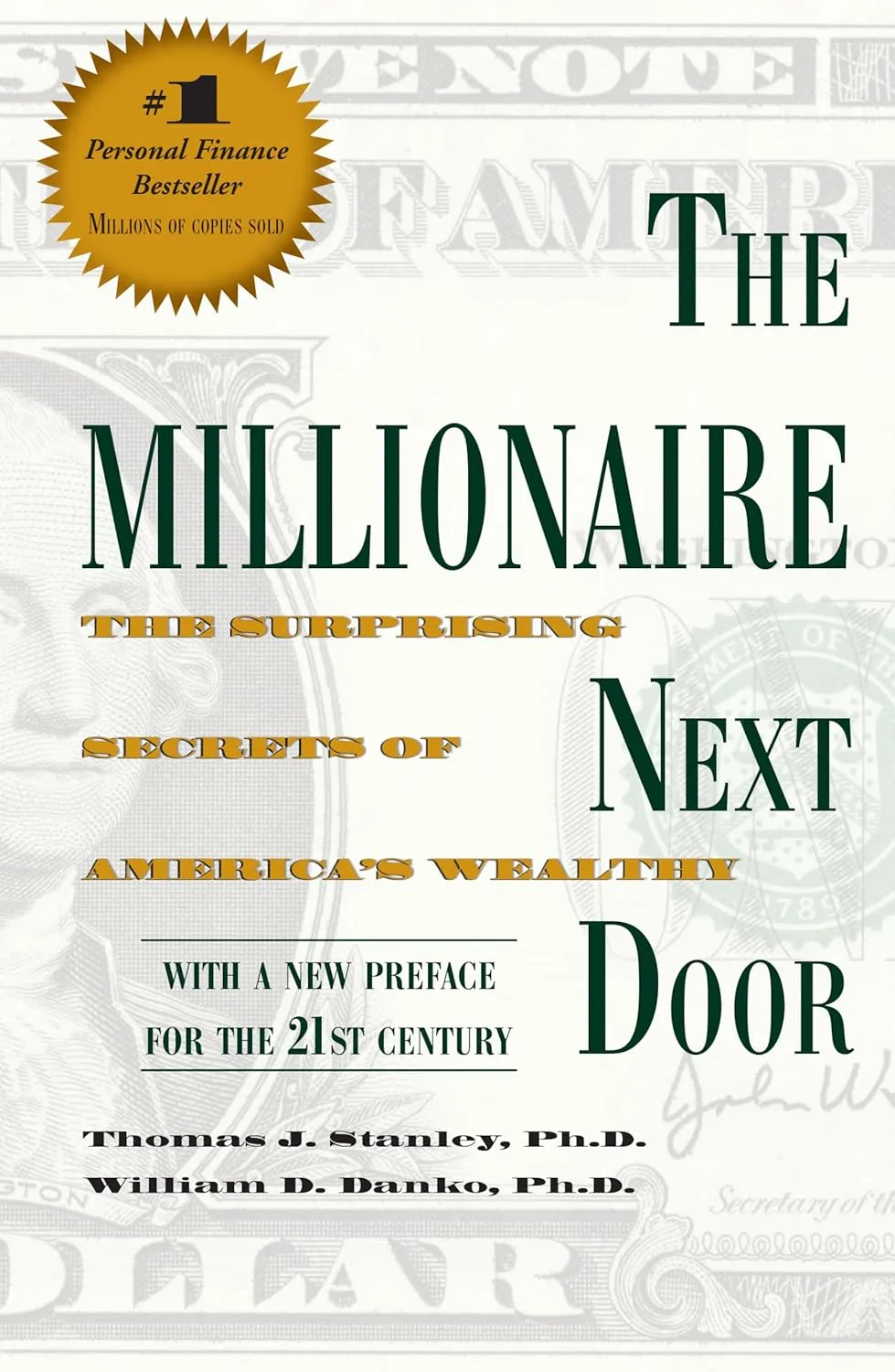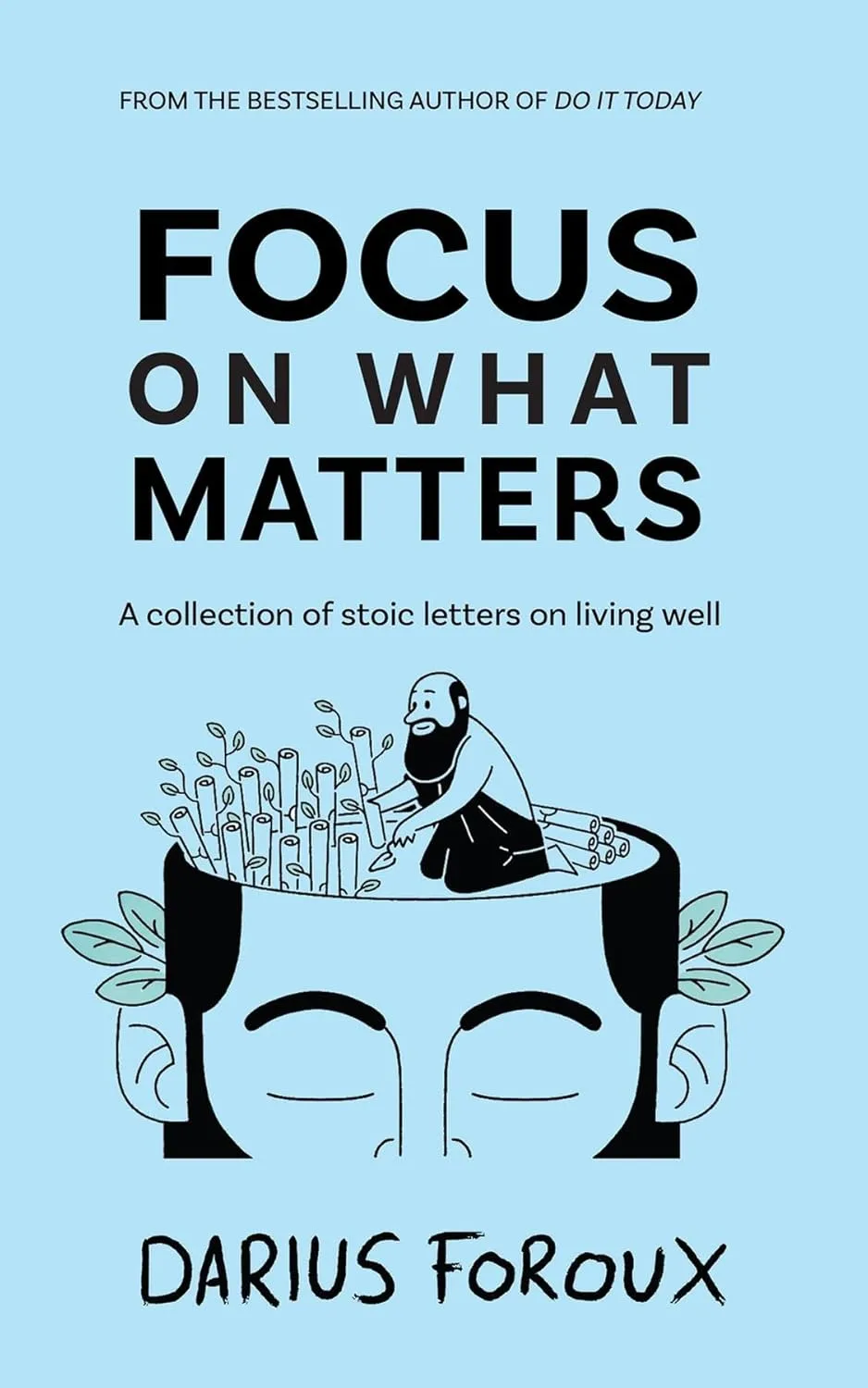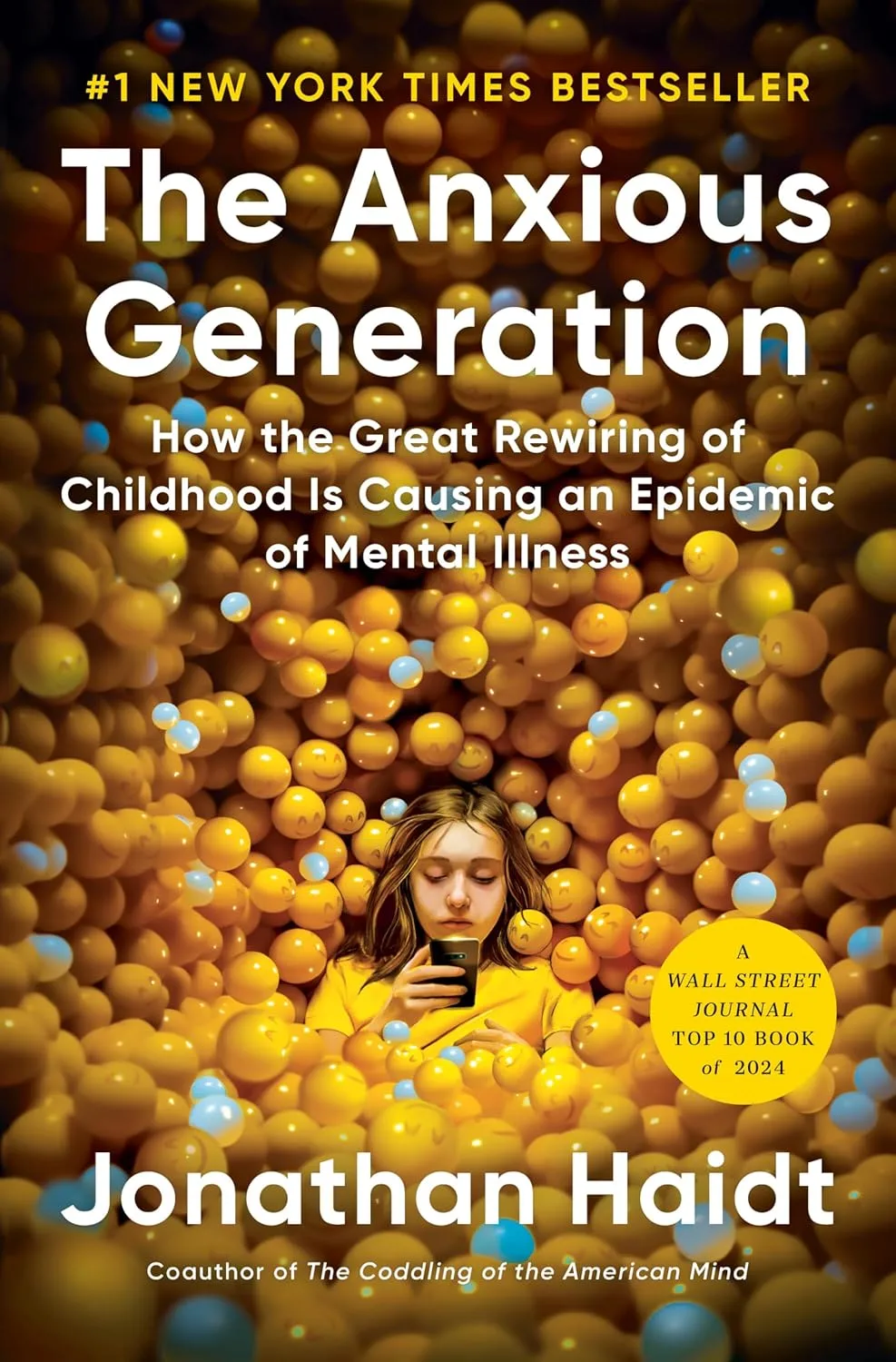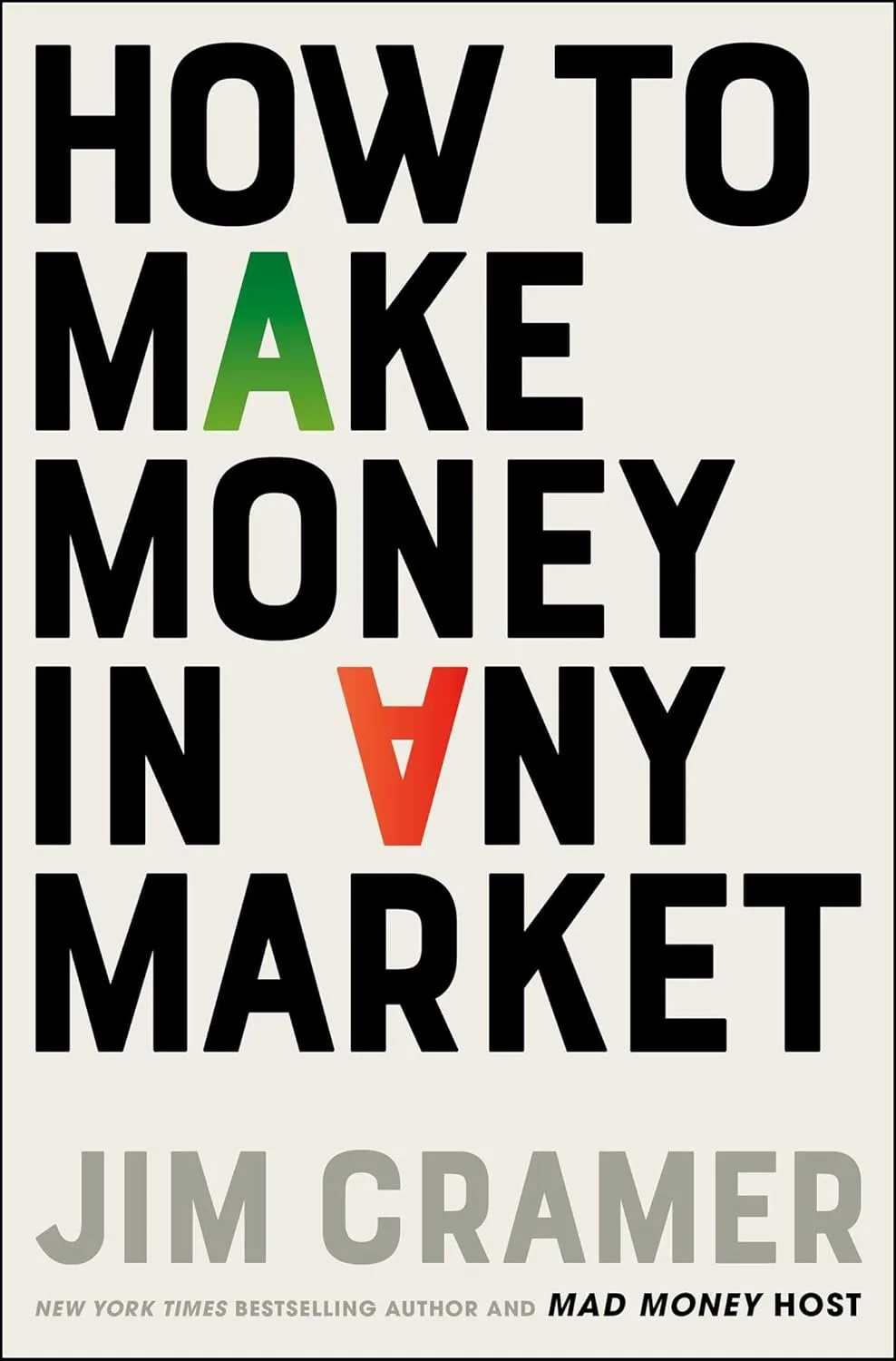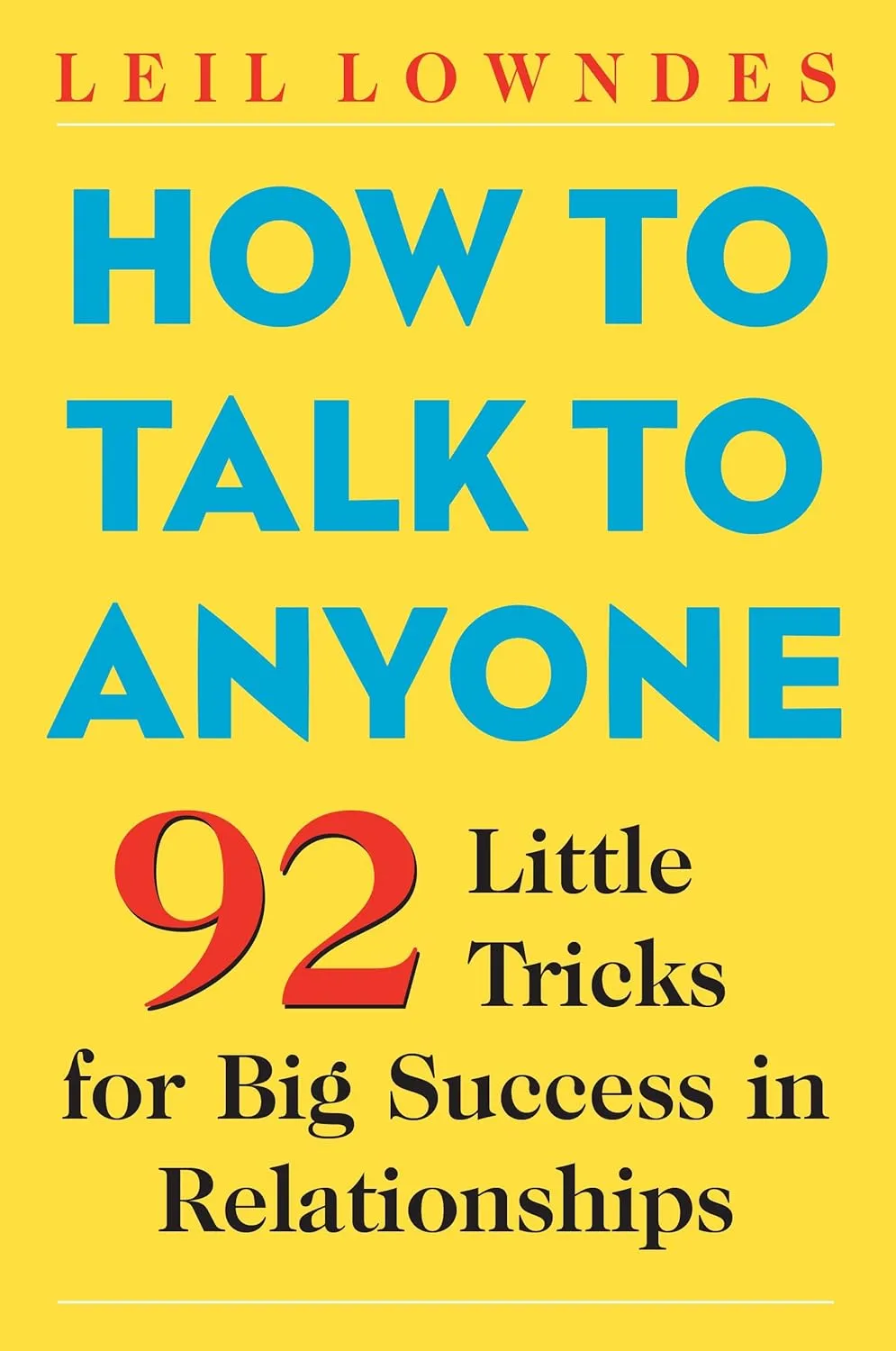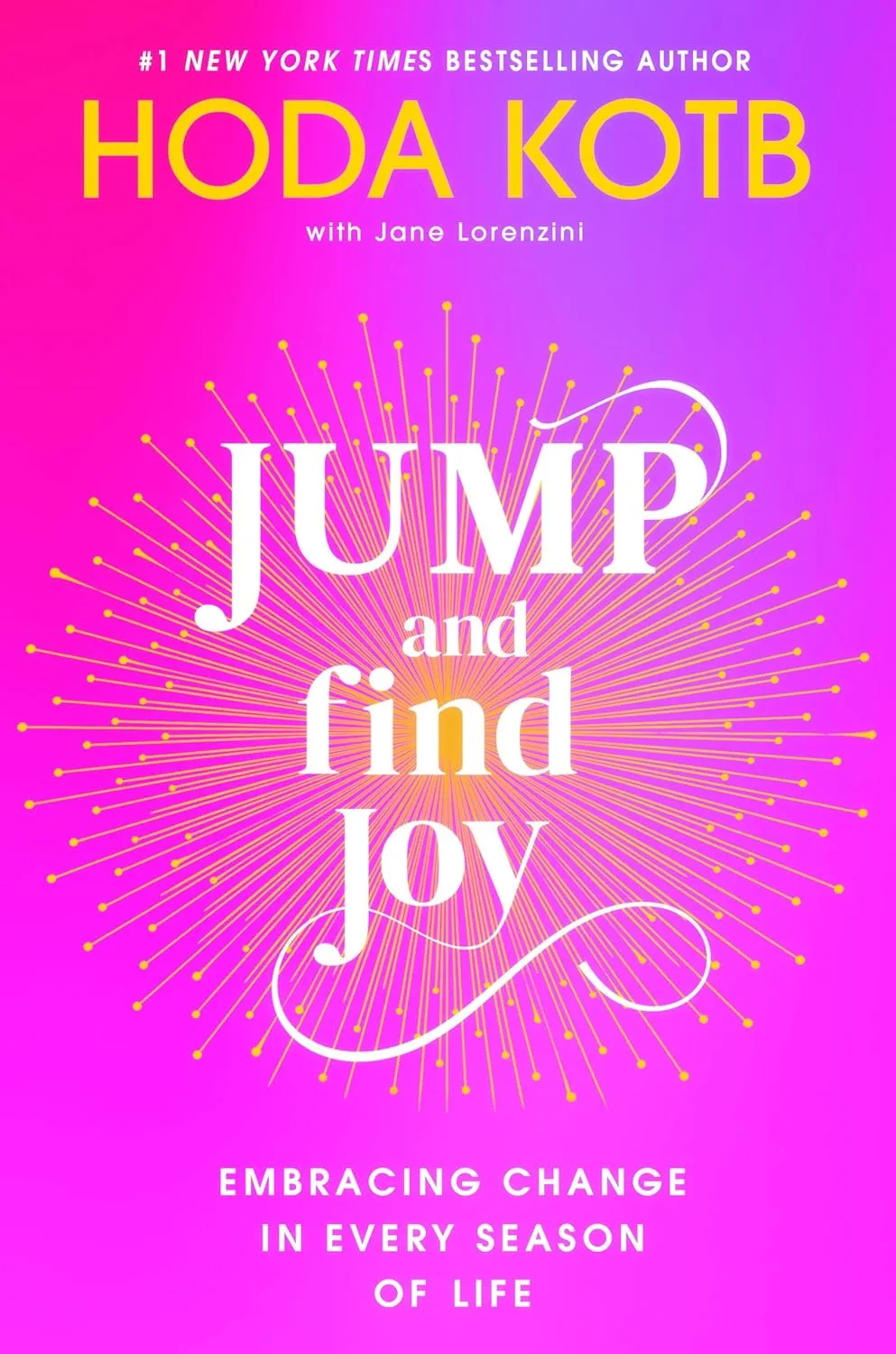Overview
Big Magic is Elizabeth Gilbert’s transformative guide to living a creative life beyond the paralyzing grip of fear. Published in 2015, this manifesto for creative living challenges conventional wisdom about the artistic life and invites readers to embrace curiosity, pursue what they love, and release their attachment to outcomes. Gilbert argues that creativity isn’t reserved for the “chosen few” but is a birthright available to everyone willing to show up and do the work.
Rather than presenting creativity as torturous suffering or requiring genius, Gilbert offers a refreshingly practical and joyful approach. She explores the mysterious origins of inspiration, the importance of showing up consistently, and how to build a sustainable creative practice that doesn’t demand you quit your day job or sacrifice your sanity. The book is part memoir, part philosophy, and part practical guide—written with Gilbert’s signature warmth, humor, and wisdom.
Key Takeaways
| Aspect | Details |
|---|---|
| Genre | Self-Help, Creativity, Personal Development, Non-Fiction |
| Publication Date | September 22, 2015 |
| Publisher | Riverhead Books |
| Page Count | 276 pages |
| Core Message | Creativity is accessible to everyone; fear is natural but shouldn’t stop you |
| Approach | Practical, mystical, encouraging—blend of inspiration and actionable wisdom |
| Target Practice | Sustainable creative living without martyrdom or suffering |
| Unique Philosophy | Ideas have agency; they visit us looking for collaboration |
Book Structure
Big Magic is organized into six sections, each addressing a different aspect of creative living: Courage, Enchantment, Permission, Persistence, Trust, and Divinity. This structure takes readers on a journey from the initial spark of wanting to create through the sustained practice of maintaining a creative life.
Part One: Courage
Addresses the fundamental requirement for creative living—the courage to begin despite fear and uncertainty. Gilbert normalizes fear while insisting it shouldn’t drive your decisions.
Part Two: Enchantment
Explores the mysterious nature of ideas and inspiration, presenting Gilbert’s concept that ideas are living entities seeking human collaborators to bring them into existence.
Part Three: Permission
Argues that you don’t need anyone’s permission to be creative. You don’t need credentials, approval, or external validation—you simply need to give yourself permission to pursue what fascinates you.
Part Four: Persistence
Focuses on showing up consistently, developing a sustainable practice, and understanding that creativity requires dedication without self-destruction.
Part Five: Trust
Examines the leap of faith required in creative work—trusting the process, trusting yourself, and trusting that the work will find its audience without controlling outcomes.
Part Six: Divinity
Concludes with the spiritual dimension of creativity, positioning creative work as a form of service and connection to something larger than ourselves.
About the Author
Elizabeth Gilbert is an internationally bestselling author best known for her memoir Eat, Pray, Love, which sold over 12 million copies worldwide and was adapted into a major motion picture starring Julia Roberts. She’s a graduate of New York University and has written for GQ, The New York Times Magazine, and other publications.
Gilbert’s career spans fiction and non-fiction, including the novels The Signature of All Things and City of Girls, and the memoirs Committed and Eat, Pray, Love. She’s known for her accessible writing style, vulnerability, and willingness to share both her successes and struggles.
Big Magic represents Gilbert’s effort to demystify the creative process after years of answering questions from aspiring writers and artists about how to sustain a creative life. Drawing from decades of professional writing experience, she offers hard-won wisdom with characteristic honesty and humor.
Why This Book Resonates
Permission to Create Joyfully: In a culture that romanticizes the “tortured artist,” Gilbert offers radical permission to enjoy the creative process and create without suffering.
Practical Mysticism: The book uniquely blends mystical ideas (like inspiration as a living force) with extremely practical advice (like keeping your day job), making creativity feel both magical and achievable.
Fear-Forward Approach: Rather than pretending fear doesn’t exist or can be eliminated, Gilbert encourages readers to befriend their fears and create alongside them, which feels more honest and attainable than other self-help approaches.
Democratizes Creativity: By insisting creativity isn’t reserved for geniuses or those with MFAs, Gilbert makes creative living accessible to everyone, regardless of talent level or formal training.
Sustainable Over Sacrificial: Gilbert advocates keeping a day job to support your creative work, rejecting the myth that “real” artists must suffer in poverty to produce authentic work.
Post-Success Perspective: Written after the massive success of Eat, Pray, Love, the book carries weight from someone who understands both obscurity and fame, success and failure.
Ideal Audience
This book is perfect for:
- Aspiring creatives in any field (writing, art, music, cooking, gardening, business)
- Blocked artists struggling with perfectionism, fear, or creative paralysis
- Career professionals wanting to incorporate more creativity into their lives
- Anyone wrestling with fear around pursuing what they love
- Readers of Elizabeth Gilbert who loved her previous work
- Self-help enthusiasts seeking a fresh perspective on creative living
- Artists at any level from complete beginners to established professionals
- People seeking more joy and curiosity in their daily lives
- Creative retirees exploring new forms of self-expression
Memorable Quote
“Do you have the courage to bring forth the treasures that are hidden within you?”
This opening question sets the tone for the entire book, inviting readers to consider what they’re carrying inside themselves that wants to be expressed. It frames creativity not as something external to acquire but as treasures already within, waiting for the courage to be revealed.
Central Themes
| Theme | Exploration in the Book |
|---|---|
| Courage Over Fear | Fear is natural and inevitable, but creativity requires moving forward despite it; fear can be acknowledged but shouldn’t make decisions |
| Ideas as Living Entities | Gilbert presents a mystical view where ideas are consciousness seeking human collaborators; if you don’t act on an idea, it will move to someone else |
| Creative Curiosity | Following what makes you curious leads to wonder, joy, and appreciation for life; curiosity is more sustainable than passion |
| Permission and Legitimacy | You don’t need credentials, degrees, or external validation; creativity is your birthright regardless of talent or training |
| Sustainable Practice | Reject martyrdom and suffering; maintain a day job; create from abundance rather than desperation; protect your creativity by not demanding it support you financially |
| Detachment from Outcomes | Create for the joy of creating, not for external validation, money, or fame; the work is the reward |
| Persistence Without Perfection | Show up consistently; finish projects; don’t let perfectionism paralyze you; “done” is better than “perfect” |
| Trust in the Process | Develop faith that the creative process will unfold as it should; release control over how your work is received |
| Creativity as Service | Making things is a form of offering to the world; it connects you to something larger than yourself |
| Play and Lightness | Creativity should feel like play, not torture; bring joy and humor to your creative practice |
Key Concepts Explained
The “Shit Sandwich” Concept
Every pursuit has its difficulties—the parts you don’t enjoy. The question isn’t whether to avoid difficulty but rather: which difficulty are you willing to eat? What “shit sandwich” are you willing to consume because the overall meal is worth it?
Ideas Have Consciousness
Gilbert shares fascinating stories about ideas “visiting” her, including a plot for a novel that seemingly left her and went to author Ann Patchett when Gilbert couldn’t write it. This mystical view of inspiration suggests ideas are actively seeking collaborators.
Creative Entitlement
Gilbert argues for “creative entitlement”—not arrogance, but the healthy belief that you have as much right to create as anyone else. You don’t need to justify or explain your creative pursuits.
The Martyr vs. The Trickster
Gilbert contrasts two archetypes: the suffering martyr artist and the playful trickster artist. She advocates for the trickster approach—light, curious, mischievous, and joyful rather than heavy, serious, and tormented.
FAQ
Q: Is this book only for professional artists and writers? A: Absolutely not. Gilbert defines creativity broadly—it includes cooking, gardening, problem-solving, decorating, business innovation, and any pursuit that brings curiosity and wonder into your life.
Q: Do I have to believe in the mystical ideas about inspiration? A: No. Gilbert presents these ideas as her personal framework but acknowledges readers can take what resonates and leave the rest. The practical advice stands on its own.
Q: Does Gilbert really recommend keeping a day job? A: Yes, she strongly advocates maintaining stable income separate from your creative work, believing this gives you freedom to create without desperation and protects your creativity from market pressures.
Q: Is this book religious or spiritual? A: It has spiritual elements but isn’t tied to any specific religion. Gilbert draws from various traditions and her own experiences. Readers from any background or no spiritual background can benefit from the book.
Q: Will this book help me overcome creative block? A: Many readers report that the book’s encouraging, practical approach helps them start creating again. It addresses perfectionism, fear, and self-doubt—common causes of creative block.
Q: Does the book have exercises or prompts? A: Big Magic focuses on concepts and philosophy rather than step-by-step exercises, making it more of an inspiration and mindset book than a workbook.
Q: How is this different from other creativity books? A: Gilbert’s combination of practical advice (keep your day job), mystical thinking (ideas seek you out), and anti-suffering stance (creativity should be joyful) creates a unique approach that differs from both traditional “artist’s way” books and purely practical craft guides.
Critical Perspectives
Strengths:
- Accessible, warm writing style that feels like a conversation with a wise friend
- Balances mystical and practical beautifully
- Normalizes fear and imperfection
- Encourages sustainable creative practice over romantic notions of suffering
- Applicable to all creative pursuits, not just writing
Considerations:
- Some readers find the mystical elements (ideas as entities) too “woo-woo”
- The “keep your day job” advice, while freeing for some, can feel discouraging to those seeking professional creative careers
- Limited specific craft instruction or techniques
- Focused on individual creativity rather than collaborative or community-based practices
- May feel overly optimistic to those facing serious obstacles to creative practice
Impact and Legacy
Since publication, Big Magic has become a touchstone text in the creative community, frequently quoted and recommended. It’s been particularly influential in:
- Creative entrepreneurship circles, where Gilbert’s sustainable approach resonates with business owners
- Writing communities, where it offers an alternative to competitive, scarcity-minded thinking
- Recovery from perfectionism, helping people start creating after years of paralysis
- Midlife creativity, encouraging people to pursue creative interests regardless of age or prior experience
The book has spawned book clubs, online communities, workshops, and countless social media posts. Its message that “creativity is not just for artists” has helped expand cultural understanding of what it means to live creatively.
Final Thoughts
Big Magic is ultimately a generous, life-affirming invitation to creative living. Elizabeth Gilbert doesn’t promise that creativity will make you rich or famous—she promises something arguably more valuable: a life of curiosity, wonder, and the satisfaction of bringing hidden treasures into the world.
What makes this book special is its refusal to romanticize suffering or gatekeep creativity. Gilbert acknowledges that creative work is challenging but insists it doesn’t have to be torturous. She gives permission to create imperfectly, to enjoy the process, to keep your day job, and to make things simply because they fascinate you.
For readers paralyzed by perfectionism or waiting for permission they’ll never receive, Big Magic offers a way forward. For those already creating, it provides encouragement and company on the journey. And for anyone who’s ever thought “I’m not creative,” Gilbert gently but firmly insists: yes, you are.
The book’s lasting gift is its reframing of creativity from rare genius to natural birthright, from suffering to joy, from external validation to internal satisfaction. In doing so, it opens creative living to everyone willing to have courage, show up, and do the work.
Recommendation: Essential reading for anyone seeking more creativity, curiosity, and courage in their life—regardless of whether they consider themselves “creative.”
Companion Resources
- Big Magic Podcast: Gilbert hosted a podcast discussing creative living (no longer active but episodes archived)
- Magic Lessons Podcast: Gilbert’s earlier podcast featuring creative troubleshooting with guests
- Instagram: Gilbert shares regular encouragement and wisdom on creative living
- Letters from Love Newsletter: Gilbert’s Substack offering weekly wisdom

